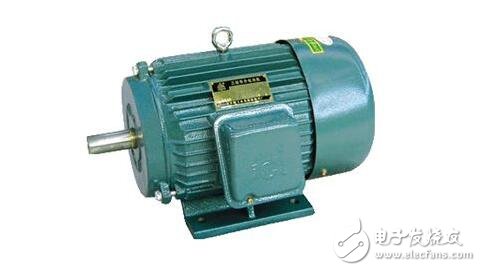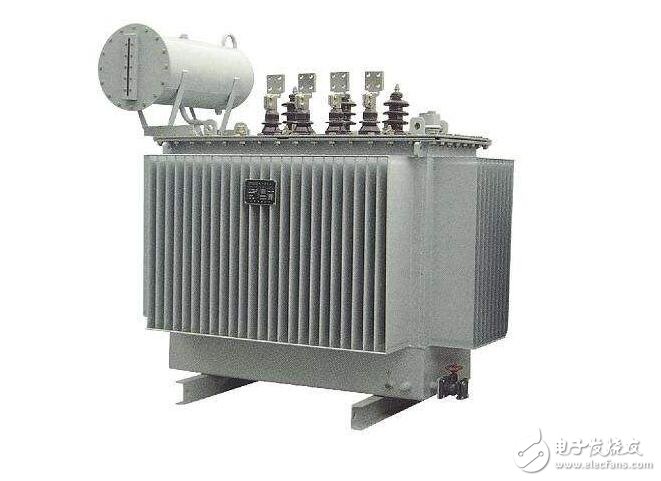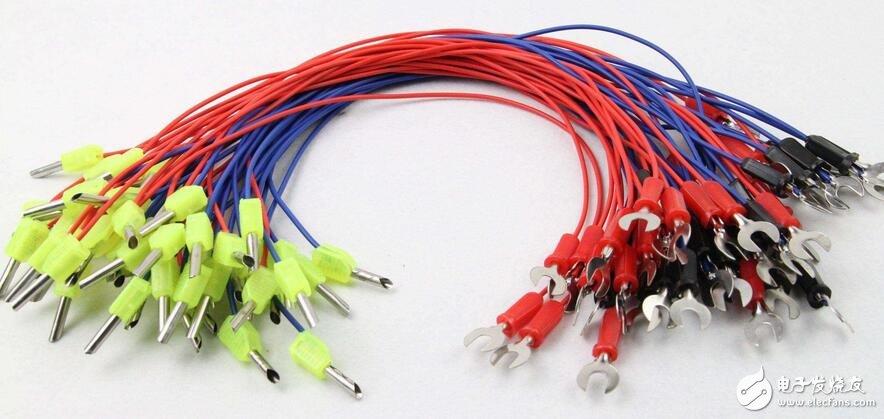![]() The basic purpose of grounding and zeroing is two. One is to ground according to the working requirements of the circuit; the other is to ground or zero to ensure the safety of people and equipment. According to its role, it can be divided into four types. A. working grounding; b. protective grounding; c. protective zeroing; d. repeated grounding.
The basic purpose of grounding and zeroing is two. One is to ground according to the working requirements of the circuit; the other is to ground or zero to ensure the safety of people and equipment. According to its role, it can be divided into four types. A. working grounding; b. protective grounding; c. protective zeroing; d. repeated grounding.
Working ground
In the low-voltage power system using 380/220V, four wires are generally drawn from the power transformer, that is, three phase wires and one neutral wire, and these four are used for power and lighting. The power uses three phase lines, and the lighting uses a phase line and a neutral line. In such a low-voltage system, it is considered that in the case of normal or faulty, the electrical equipment can be reliably operated, and the safety of the human body and the equipment is favorable. Generally, the neutral point of the system is directly grounded, that is, the working ground. The neutral line is also called the neutral line, which is called the neutral point.

1.1 The role of working grounding
There are two functions of working grounding. One is to reduce the risk of one-phase grounding; to stabilize the potential of the system, to limit the voltage not to exceed a certain range, and to reduce the risk of high voltage entering the low voltage.
2. Protective grounding
The protective grounding is to prevent the grounding of the metal casing of the electrical device, the structure of the power distribution device, and the wiring tower and the like to endanger the safety of the person and equipment. The so-called protective grounding is a kind of electrical metal part that is normally not charged, and the metal part of the electrical appliance that may be charged after the insulation material is damaged or otherwise (ie, the metal structural part insulated from the charged part) is reliably connected with the grounding body by the wire. Protect the wiring method.

2.1 then the scope of application of protective grounding:
Protective earthing is suitable for ungrounded power grids. In this kind of power grid, regardless of the environment, any metal parts that may present dangerous voltage due to insulation damage or other reasons shall, unless otherwise stipulated, take protective grounding measures, including:
(1). Metal casings, bases and transmissions connected to the motors, transformers, switchgear, lighting fixtures and other electrical equipment;
(2). Metal frame or reinforced concrete frame for indoor and outdoor power distribution units, and metal obstructions or fences near the live parts;
(3). a metal frame or casing for the power distribution panel, console, protective screen and power distribution cabinet (box);
(4) The metal casing of the cable joint box, the metal sheath of the cable and the steel pipe of the wiring;
In addition, some metal towers and reinforced concrete towers of overhead power lines, secondary coils of transformers, etc. should also be grounded.
3. Protection and zero
Protection and zero connection is the way in which the metal part of the equipment is not charged under normal conditions, and the wire is directly connected to the system. Take the protection and zero connection method to ensure personal safety and prevent electric shock accidents.

3.1 Protection and zero working principle
An electrical safety measure that connects the metal casing of an electrical equipment to the neutral line of the electrical grid to protect personal safety. In a zero-connected power grid with a voltage lower than 1000 volts, if the electrical equipment is charged due to insulation damage or accidental conditions, a single-phase short-circuit of the phase-to-neutral line is formed, and the protection device on the line (automatic switch or The fuses act quickly and cut off the power supply, so that the metal part of the device does not have dangerous voltage for a long time, which ensures personal safety. In a multi-phase AC power system, the neutral point of the star-connected winding is directly grounded to the same potential as the earth, that is, zero potential. A wire drawn from a neutral point of the ground is called a neutral line. On the same power supply electrical equipment, some equipment is not allowed to be protected to zero, and the other part is protected ground (see grounding). Because when the protective earthing device is energized, if the grounding resistance r'D is large and the fault current ID is insufficient to operate the protection device, the voltage U0=IDrD always exists on the neutral line due to the existence of the working resistance rD. At this time, there is a dangerous voltage U0 on the outer casing of the protection zero device for a long time, which endangers personal safety.
4. The difference between working grounding and protection zero
Working grounding - is the surplus electricity generated by electricity in the work. In order to prevent the residual electricity from injuring people, let it discharge the residual electricity into the earth body. The so-called working grounding; the grounding caused by the operation of the equipment is called Working ground. If it is not connected, the device will not run. For example: the neutral point of the transformer is grounded.

Protecting the zero line - in fact, it is the ground line, that is, when one of the wires touches the object, the leakage protection switch can be tripped in time, without hurting the person, so-called protection zero line.
Both wiring methods play an important role in protecting personal safety.
5. The difference between protective grounding and protection zero
5.1 different principles
The protective grounding is to limit the ground voltage after the equipment leaks, so that it does not exceed the safe range. In the high-voltage system, in addition to limiting the ground voltage, in some cases, there is also the role of causing the grid protection device to operate; the protection of the zero is to make the equipment leakage by means of the zero-connected line to form a single-phase short circuit, which promotes the line The protection device operates and the power to the faulty device is turned off. In addition, in the protected zero grid, the protection neutral and repeated grounding can also limit the ground voltage when the device is leaking.
5.2 different scope of application
The protective earthing is applicable to the high and low voltage power grids that are generally not grounded. It is also applicable to the low voltage power grid that adopts other safety measures (such as installing leakage protectors). The protection zero connection is only applicable to the low voltage power grid where the neutral point is directly grounded.

5.3 different line structure
If protective grounding measures are taken, there may be no working zero line in the power grid, only the protective grounding wire; if the protective zeroing measures are taken, the working zero line must be set, and the working zero line is used for zero-connection protection. The protective zero line should not be connected to switches or fuses. When installing a disconnector such as a fuse on the working zero line, it must also be equipped with a protective ground wire or a neutral wire.
Overmolding the Connectors offers significant opportunities for cable improvements with higher pull strength and waterproof issue for those parts, which without these characteristic by conventional types.Such as jst jwpf connector. Just be free to contact us if you need any wire-harness solutions or partner for your products. Our professional and experienced team would support you by satisfied skill and service.
Molded Connectors,Molded Waterproof Connector,Molded Straight Wire Connector,Jst Jwpf Connector
ETOP WIREHARNESS LIMITED , https://www.wireharness-assembling.com
